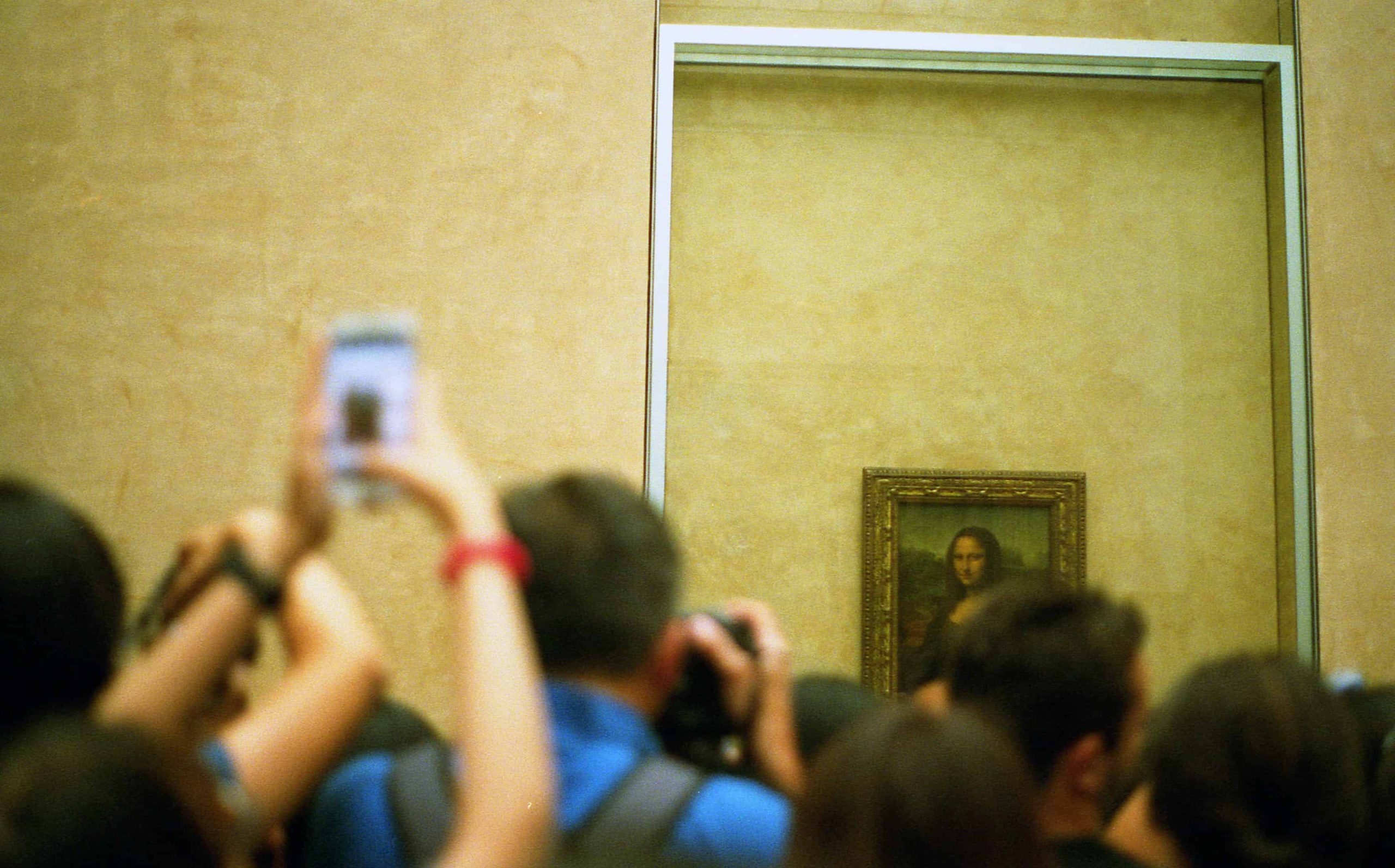
11 Jan History of Cross-Cultural Art Conversations
Art, as a universal language, transcends geographical boundaries, allowing for the rich interplay of diverse cultures. Cross-cultural art conversations, defined as the communication and influence between artists from different cultures, have played a pivotal role in shaping the trajectory of artistic development and understanding. These exchanges of ideas, philosophies, and world views further the interconnectedness that they foster beyond the use of artistic techniques. By embracing cross-cultural dialogues, artists contribute to a global narrative that transcends regional confines, promoting a more interconnected and empathetic world. The cultural fusion that emerges from these exchanges serves as a testament to the power of art to foster understanding and unity in our increasingly diverse and interconnected global society.
This article sets out on a historical odyssey to disentangle the intricate structure of cross-cultural interaction in the context of art. These cross-cultural connections have taken on new dimensions from the early exchanges that heralded the beginning of globalization to the current internet era when artists link instantly across countries. Analyzing the development of these conversations provides insights into the ways in which art has both actively shaped the development of a more diverse and cohesive international creative community and mirrored societal changes. We get a deep understanding of the critical role that cross-cultural art discussions play in promoting respect, admiration, and cooperation among artists all over the world by following this historical continuity.
Early Examples of Cross-Cultural Art Exchange
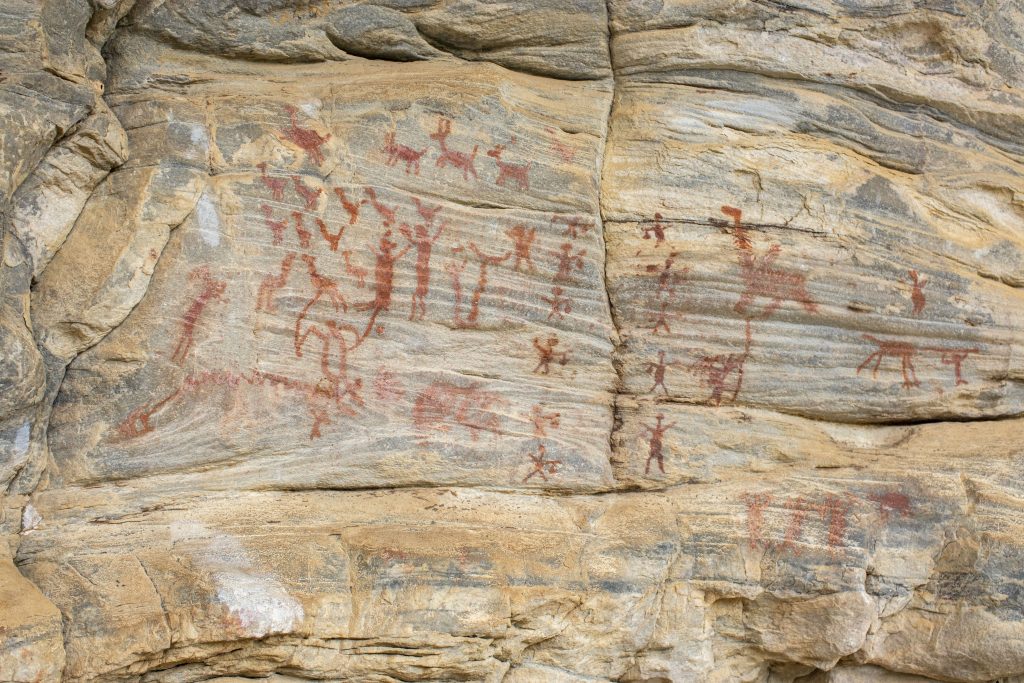
Photo by Vitor Paladini
Prehistoric Art
Evidence of cross-cultural art conversations can be traced back to prehistoric times. Similarities in cave paintings across continents suggest early forms of communication and cultural transmission, showcasing shared human experiences. Moreover, the universality of certain motifs, such as depictions of animals or celestial bodies, not only highlights commonalities in the human experience but also underscores the potential existence of a shared visual language that transcends geographical distances. These early instances of cross-cultural artistic exchange reveal the innate human tendency to express and communicate through art, fostering connections that went beyond immediate cultural boundaries.
Ancient Civilizations
Trade routes, such as the Silk Road, became conduits for artistic exchange between civilizations. This facilitated the flow of art and ideas between regions, with intermingling influences from Egypt, Greece, China, and other ancient cultures. The Silk Road, in particular, stands as a historical testament to the interconnectedness of diverse societies. Through the exchange of goods, technologies, and artistic expressions, civilizations along this route engaged in a continuous cross-cultural dialogue that enriched their artistic traditions. The amalgamation of styles and techniques from different cultures created unique hybrid forms and contributed to the cultural diversity of each region.
Medieval Art
During the medieval period, Byzantine icons exerted a profound influence on art in Russia, Eastern Europe, and the Middle East. This interplay laid the foundation for an artistic dialogue that transcended cultural and geographical boundaries. The dissemination of Byzantine artistic styles and religious iconography along trade routes and diplomatic channels fostered a convergence of artistic practices. This cross-cultural exchange influenced visual aesthetics and infused spiritual and symbolic dimensions into the art of different regions. The echoes of this medieval artistic interplay can be observed in the diversity of artistic expressions that emerged in regions influenced by Byzantine art, creating a rich tapestry of cultural cross-pollination.
Renaissance and the Age of Exploration
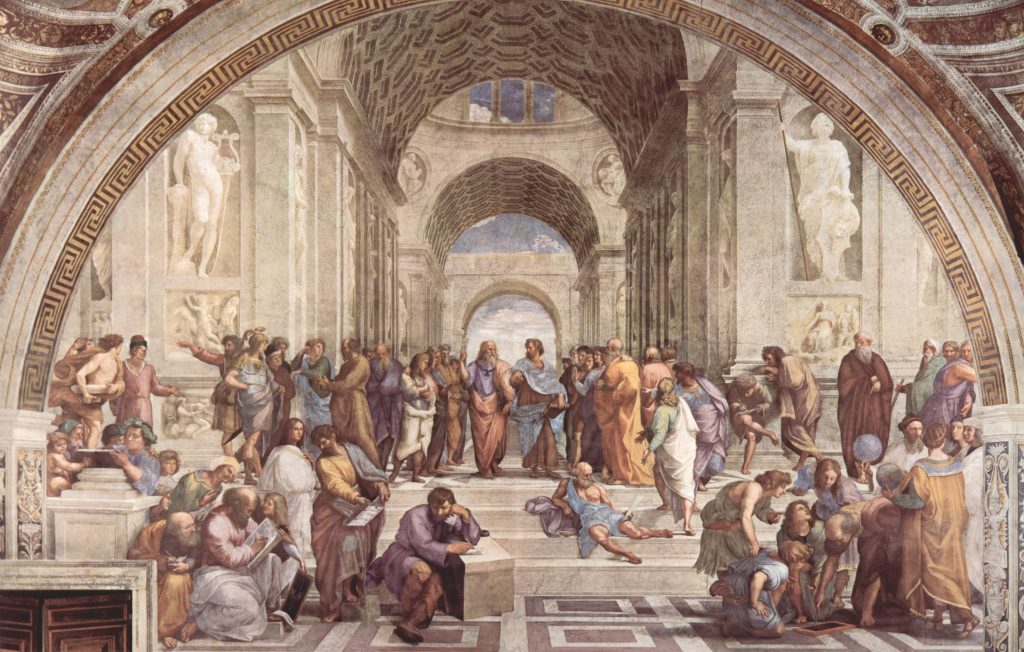
Photo by Pixabay
Artistic Exchange with Asia
The Renaissance and Age of Exploration witnessed European artists drawing inspiration from Chinese and Japanese art. This exchange led to innovations in perspective and composition, contributing to the evolution of artistic techniques.
The influx of Asian artistic influences during this period challenged traditional European artistic norms, fostering a rich cross-cultural dialogue. European artists, captivated by the aesthetics and techniques of Asian art, incorporated elements such as intricate brushwork, asymmetry, and depictions of nature into their own creations. This cross-pollination of ideas transformed artistic practices and laid the groundwork for a more interconnected artistic world, where cultural diversity became a source of inspiration rather than a barrier.
The Columbian Exchange
The colonization of the Americas initiated a complex exchange of artistic styles and techniques between Europe and indigenous peoples. This period marked a collision of artistic traditions, resulting in a fusion of diverse visual languages.
The Columbian Exchange not only brought about the transfer of flora, fauna, and cultures but also facilitated a meeting of artistic traditions. European artists encountered indigenous art forms, leading to a synthesis of styles that blended classical European techniques with the vibrant visual languages of the Americas. This fusion created a unique artistic heritage, reflecting the complex interplay of cultures during a transformative period in history. The artistic exchange that occurred during the Columbian Exchange highlights the capacity of art to bridge cultural divides, forming a visual narrative that speaks to the interconnectedness of our global history.
Colonialism and Artistic Appropriation
Examining the ethical complexities of artistic borrowing during colonialism, this era underscores the power dynamics inherent in cross-cultural art conversations. It prompts reflection on the impact of cultural appropriation on artistic expression.
Power imbalances and moral ambiguities complicated cross-cultural artistic exchange during the colonial era. The appropriation of indigenous artistic elements by colonial powers often reflected a one-sided narrative, overshadowing the voices and perspectives of the communities being colonized.
This period prompts a critical examination of the ethical responsibilities associated with artistic appropriation, emphasizing the importance of acknowledging and rectifying historical imbalances. It serves as a crucial lesson in navigating the delicate intersection of art, power, and cultural sensitivity, urging contemporary artists to approach cross-cultural exchanges with an awareness of historical context and a commitment to equitable representation.
Modernism and Postmodernism
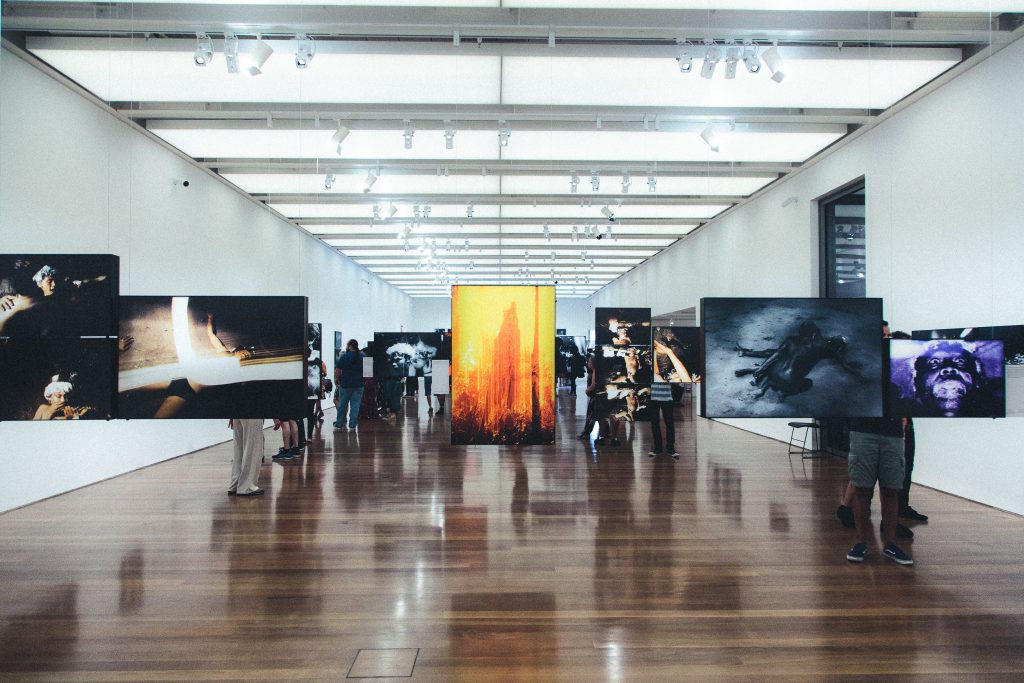
Photo by Julio Nery
Avant-Garde Movements
International art movements of the 20th century, such as Cubism and Surrealism, embraced influences from non-Western cultures. This cross-pollination of ideas challenged artistic norms and ushered in a new era of experimentation.
The avant-garde movements of Modernism sought to break away from traditional artistic conventions, drawing inspiration from diverse global sources. African and Iberian art, for instance, influenced cubism, which introduced fragmented perspectives and geometric forms. Surrealism explored the realms of the unconscious, drawing on elements from Eastern philosophies.
This intentional fusion of Western and non-Western influences marked a departure from Eurocentric perspectives, fostering a more inclusive approach to artistic creation. The result was a vibrant tapestry of styles that transcended cultural boundaries, pushing the boundaries of artistic expression and inviting viewers to explore new realms of visual language.
Primitivism
The fascination with “primitive” art from Africa and Oceania challenged Western artistic norms, giving rise to new forms of expression. This movement questioned established hierarchies in the art world and fostered cultural appreciation.
The Primitivism movement, while controversial for its terminology, represented a radical departure from traditional Western aesthetics. The raw, expressive qualities of non-Western art captivated artists like Pablo Picasso and Henri Matisse. This fascination led to the incorporation of elements like mask-like faces and bold colors into Western art. By challenging the notion of “primitive” as inferior, artists aimed to foster a deeper appreciation for the rich artistic traditions of Africa and Oceania. This movement played a pivotal role in dismantling stereotypes and encouraging a more egalitarian approach to global artistic influences.
Postcolonial Art
Artists from formerly colonized regions addressed issues of identity, cultural hybridity, and the legacy of colonialism. Their works became a powerful medium for reclaiming narratives and challenging historical injustices.
In the era of postcolonial Art, artists grappled with the complexities of identity, belonging, and the lasting impact of colonial history. Through diverse mediums, artists asserted their agency, reclaiming cultural narratives and challenging hegemonic perspectives.
This movement became a powerful vehicle for dialogue, confronting the historical injustices of colonialism while envisioning new narratives of resilience and cultural resurgence. Postcolonial Art not only shed light on the multifaceted nature of identity but also contributed to a more nuanced understanding of the intricate relationships between culture, power, and representation in the postcolonial world.
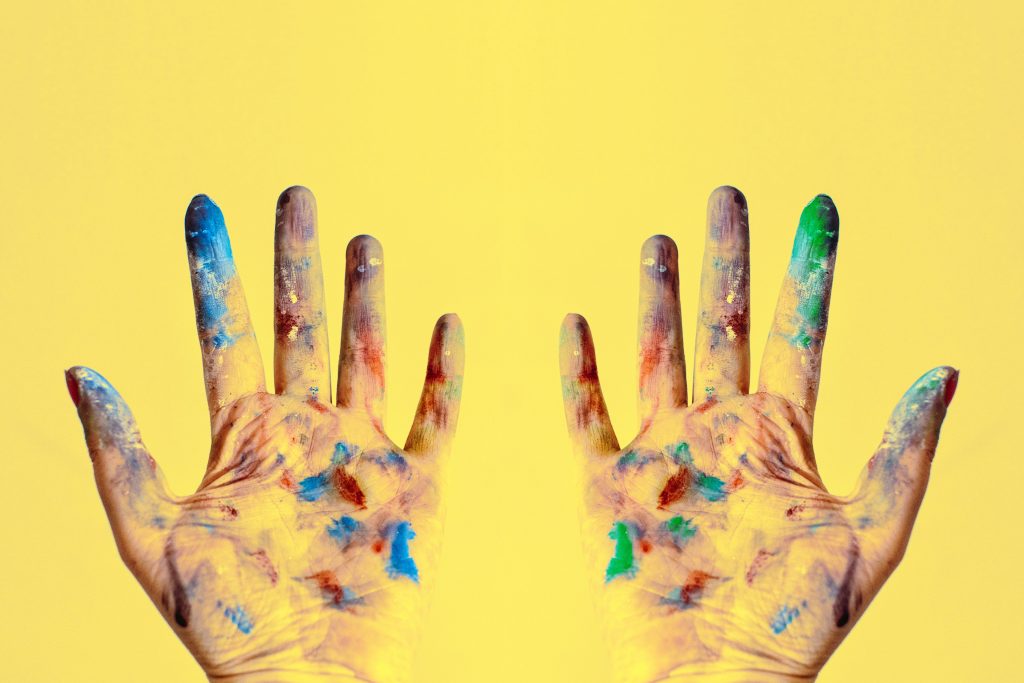
Photo by Lisa Fotios
Increased Mobility and Migration
In the contemporary era, artists are more mobile than ever, fostering dynamic cross-cultural collaborations and the emergence of hybrid artistic identities. This mobility enriches artistic expression through diverse perspectives. As artists traverse borders, experiencing and absorbing different cultural influences, their work becomes a living testament to the interconnectedness of our globalized world. Collaborations between artists from different backgrounds not only contribute to the hybridization of artistic forms but also challenge traditional notions of artistic identity. The resulting diversity of voices and perspectives creates a vibrant tapestry that reflects the fluid and evolving nature of contemporary art.
The Internet and Digital Art
New technologies, particularly the internet, facilitate global artistic exchange. Digital art transcends geographical constraints, fostering the emergence of global art movements and providing artists with unprecedented visibility. Through online platforms and social media, artists can share their work with audiences worldwide, breaking down physical barriers and reaching once-inaccessible communities.
The digital realm democratizes artistic exposure and allows for instantaneous cross-cultural interactions. Global art movements, born out of shared digital spaces, amplify the voices of artists who navigate the virtual landscape, creating a dynamic and borderless artistic community.
Challenges and Opportunities
The interconnectedness of the world presents both challenges and opportunities for cross-cultural art conversations. Navigating issues of cultural sensitivity, artistic ownership, and representation requires a nuanced approach in this dynamic landscape. While global connectivity opens up opportunities for collaboration and exposure, it also necessitates a thoughtful consideration of cultural context.
Artists and stakeholders must navigate the delicate balance between cultural exchange and appropriation, fostering respectful dialogues that acknowledge diverse perspectives. Additionally, ensuring equitable representation and acknowledging the historical context of artistic influences are crucial aspects of fostering meaningful cross-cultural collaborations. In addressing these challenges, the art community can pave the way for a more inclusive and ethically grounded global artistic landscape.
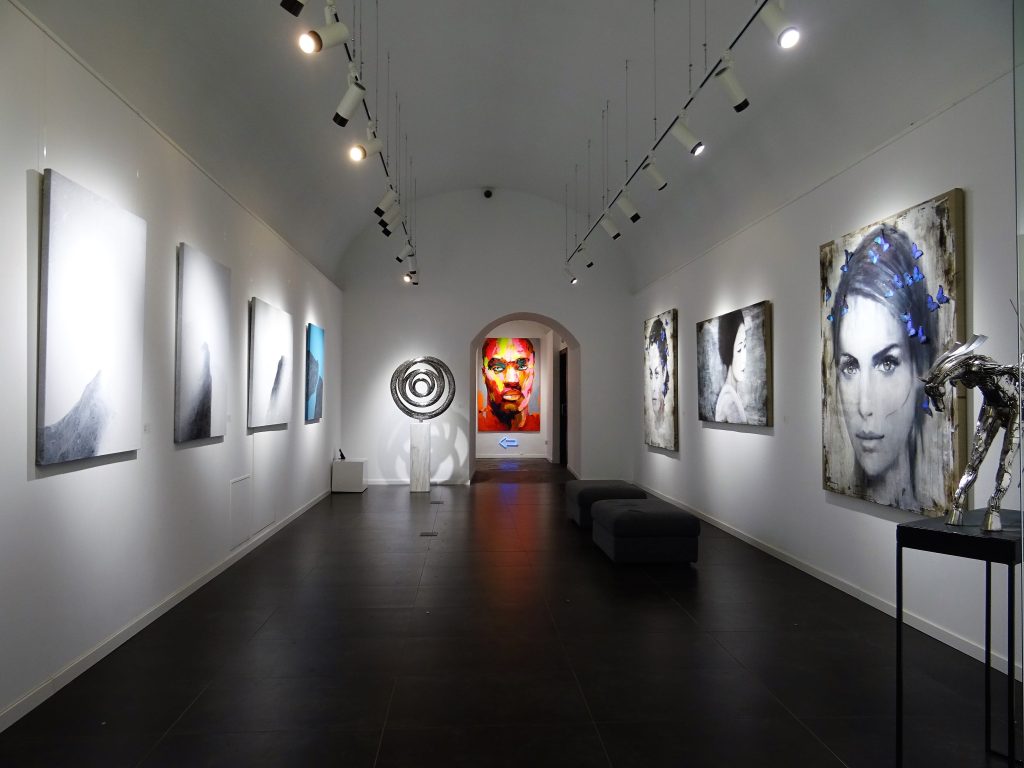
Photo by SevenStorm JUHASZIMRUS
Conclusion
The history of discussions on cross-cultural art demonstrates a persistent subject of communication and connection. Artists have been in perpetual interaction from the time of prehistoric cave drawings to the digital era, contributing to the rich fabric of art and culture throughout the world. These discussions create a common creative vocabulary that cuts over borders of time and space, acting as bridges across a variety of cultural settings. The development of cross-cultural creative interchange reflects shifting socioeconomic structures, technology, and viewpoints, mirroring greater transformations in our society. Acknowledging the significance of these discussions is essential to comprehending the dynamic character of creative expression, stressing the common language that art offers to bring people together and honor the variety of our common human experience.
Key Takeaways
- Universal Language of Art: Cross-cultural art conversations serve as a universal language that transcends geographical boundaries, showcasing shared human experiences and fostering interconnectedness.
- Historical Continuity: From prehistoric times to the digital age, there is a continuous thread of interconnectedness and exchange, shaping the global tapestry of art and culture.
- Influence of Trade Routes: Trade routes like the Silk Road facilitated the flow of artistic ideas, techniques, and styles, contributing to the enrichment of artistic traditions and the creation of unique hybrid forms.
- Challenges in Ethical Cross-Cultural Exchange: The history highlights ethical complexities, particularly during the colonial era, emphasizing the need for a nuanced approach to issues like cultural sensitivity, artistic ownership, and fair representation.
- Transformation through Inspiration: Artistic exchange during the Renaissance and the Age of Exploration led to transformative innovations, with European artists drawing inspiration from Asian art and the Columbian Exchange resulting in a fusion of diverse visual languages.
- Avant-Garde Movements and Primitivism: 20th-century avant-garde movements embraced influences from non-Western cultures, challenging traditional norms, and the Primitivism movement fostered cultural appreciation by incorporating non-Western elements into Western art.
- Contemporary Dynamics: In the contemporary era, increased artist mobility and the internet have amplified cross-cultural collaborations, democratizing artistic exposure, but also presenting challenges such as navigating cultural sensitivity and ensuring equitable representation.
FAQs
How did trade routes like the Silk Road impact cross-cultural artistic exchange?
Trade routes like the Silk Road facilitated the flow of art and ideas between civilizations, allowing for the exchange of artistic techniques and styles.
What role does the Internet play in contemporary cross-cultural art conversations?
The internet has facilitated global artistic exchange, enabling artists to collaborate across borders and promoting the emergence of global art movements.
How did postcolonial artists address issues of identity and colonial legacy through their art?
Postcolonial artists used their works to explore and challenge issues of identity, cultural hybridity, and the lasting impacts of colonialism on their societies.
What challenges arise in cross-cultural art conversations in the contemporary world?
Contemporary challenges include navigating cultural sensitivity, addressing issues of artistic ownership, and ensuring fair representation in a globalized art landscape.

